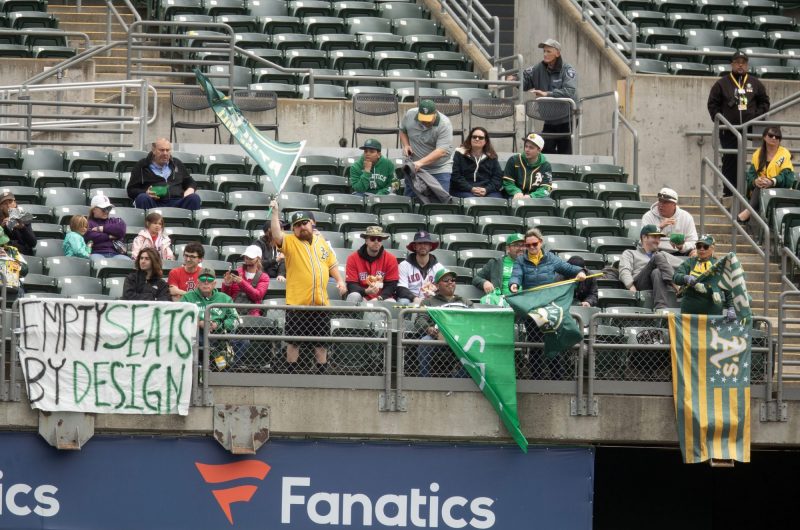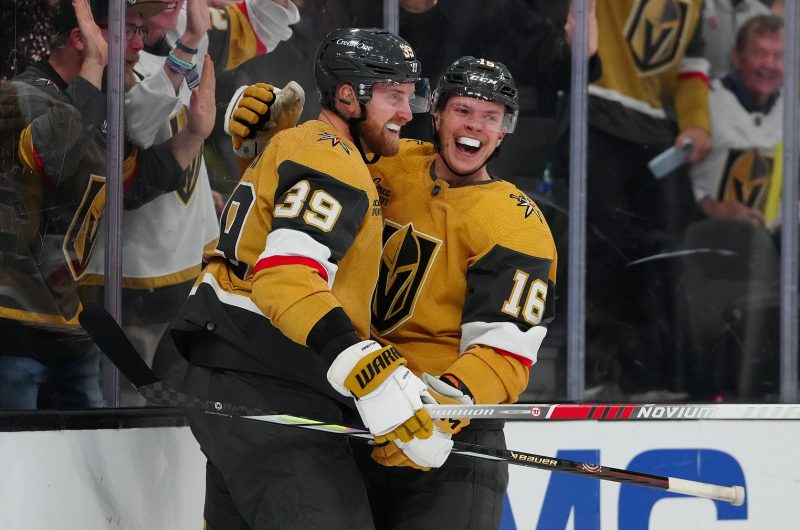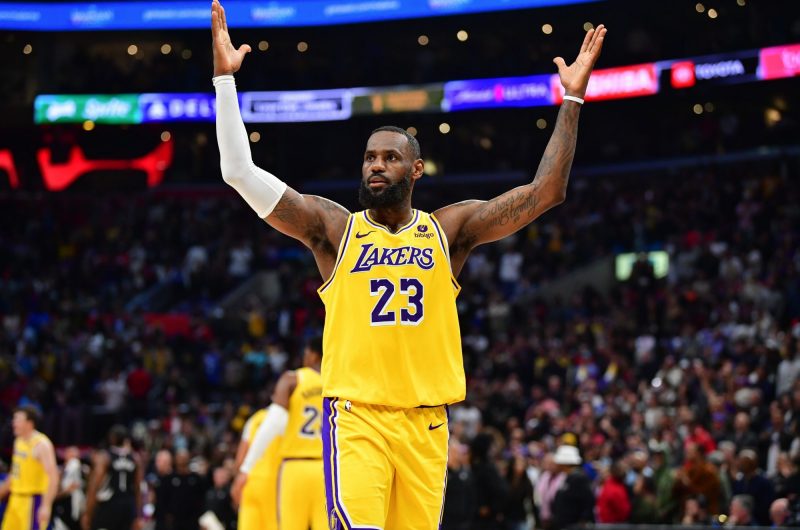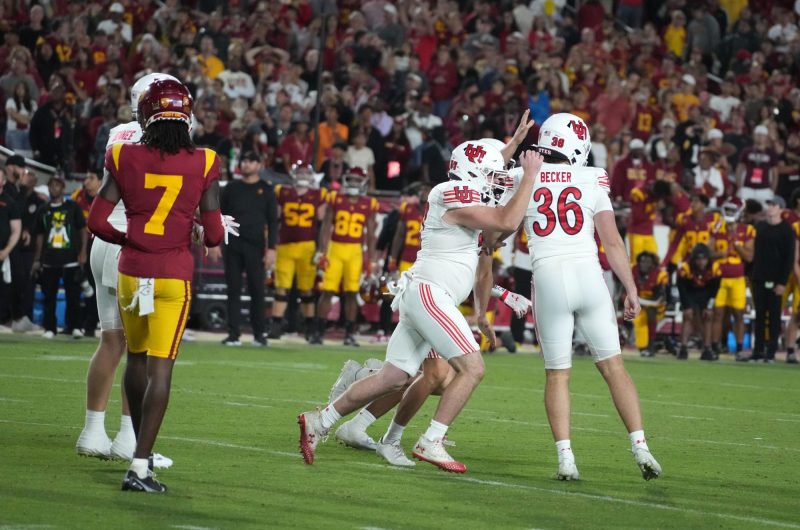John Gibson has a signature performance
John Gibson returned to the Anaheim Ducks net on Wednesday night for the first time since leaving the game on December 13th in Toronto with an apparent injury. Although the rest coming due to an injury is not ideal, that rest helped out John Gibson significantly.
Throughout the game, Gibson was constantly under pressure. He faced 27 shot attempts and 1.8 expected goals in the first period, 31 shot attempts and 1.8 expected goals in the second period, and 24 shot attempts and 0.99 expected goals in the third period. Even under that constant pressure, Gibson was able to maintain strong positioning to make a lot of saves look easy and bail out his team when major mistakes were made. His best save on the night came in the second period on a point-blank shot by Reilly Smith.
What sticks out in this play is how controlled Gibson was on this defensive zone breakdown. He reads the cross-ice pass to Smith and gets a strong push from his left to right, but then is able to quickly recognize that Smith is cutting back the other way, and dig his edge in to go back the other direction. It would have been easy for Gibson to overcommit to the initial pass, which would have left a wide-open net for Smith.
The key to all of this for Gibson is that he was rested. If this was not the case, then he may have overcommitted on that play.
Gibson had started 22 of the Ducks’ first 30 games, with 4 of the 8 games that he did not start coming on back-to-backs. Last night showed why overworking as he had been prior to getting injured is a poor decision in the long run. He may come up with a good game here and there and he may like starting that many games, but that leads to him being worn down and having poor performances.
Gibson posted a 2.78 GSAx last night, which is the highest total on the season for him, and only the third time this season he posted a GSAx above 2.0. He was the sole reason the Ducks escaped that game with two points.
Shootouts are fun
Shootouts were brought in after the 04-05 lockout to be the ultimate decider in games that could not be decided in an overtime session because the NHL wanted to do away with ties. Since then, hockey fans have had a love-hate relationship with shootouts that has trended to more hate than love lately.
Last night’s game showed why that trend overlooks how enjoyable shootouts can be and the strategy involved in them.
Zegras is the first shooter with the Ducks and he decides to invoke a strategy that Patrick Kane used effectively over the years of coming at a snail’s pace and utilizing his quick hands to get Logan Thompson to commit to one of the dekes, opening up the night for an easy finish.
That type of play requires a lot of trust in your skills because even though the ice is shoveled prior to the shootout, it is not scraped by the Zamboni, which leaves it in rough shape and players susceptible to losing the puck when deking. Zegras is certainly confident and put the Ducks up 1-0 in the shootout.
Gibson then is able to shut down Mark Stone, even though Stone gets Gibson to bite on the deke. Gibson is able to recover and close up his 5 hole before Stone can slide the puck through it.
Terry is up next for the Ducks and he takes a different path than Zegras, most likely on purpose to contrast with the move Zegras pulled. Terry comes in with speed, which freezes Thompson, and Terry is able to beat him 5 hole with a quick shot.
To go from a player that is approaching extremely slow and waiting until the last second to shoot, to a guy coming in with speed and shooting quickly is a tough adjustment for any goalie.
Reilly Smith then proceeds to miss on the next attempt for Vegas, which gives the Ducks the win.
This shootout put the high skill of Terry and Zegras on display for everyone to see and provided an entertaining end to the game.
The Ducks’ undisciplined play continues
The Ducks took 5 penalties throughout the game vs the Golden Knights, including allowing a 5 on 3 opportunity, which continues an alarming trend for the Ducks of taking too many penalties. Against the Flames on December 23rd the Ducks took 5 penalties, against the Wild on December 21st the Ducks took 7 penalties (one of those was an offsetting minor), and against the Kings on December 20th the Ducks took 6 penalties (one of those was an offsetting minor).
The Ducks have somehow escaped the multitude of shorthanded opportunities with only 2 goals against shorthanded over those 4 games, but that would not be sustainable long term. The Ducks have had one of the worst penalty kills in the NHL this season that continually allows shots from the slot. Even though they have been better at limiting those opportunities of late, by taking excess penalties, they are trotting out a tired group that is more likely to revert back to their previous play.

Even if they have adjusted and can start to limit the shots from the orange area in the graphic above, taking these penalties disrupts the flow of the game and builds momentum for the opponent. In the game against the Golden Knights last night, the Ducks took back-to-back penalties in the 2nd period, and they could not find their footing for the rest of the period it seemed. Those penalties disrupted the Ducks’ flow within the game and showed how even if you don’t concede goals on the penalty kill, taking an excessive amount of penalties can really hurt your team’s play.
It is a pretty obvious statement, but the Ducks need to reign in their undisciplined play and a good starting point is to improve their defensive zone play and create clean breakout passes. The less time spent in the defensive zone limits the chances to take penalties significantly.
All statistics are per Evolving-Hockey.com









